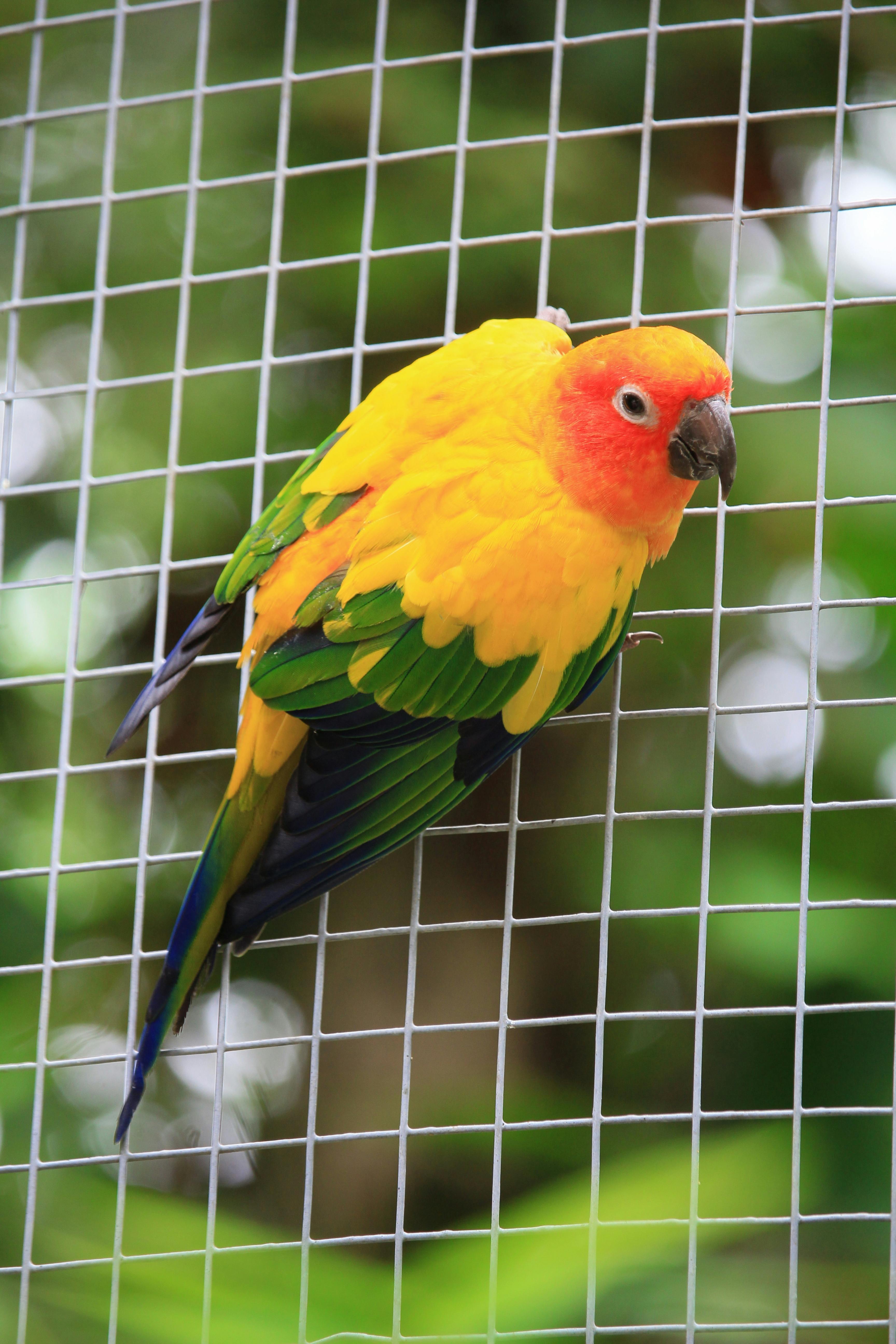
Practical Guide to Aquarium Floating Plants for a Thriving Tank
Creating a vibrant aquarium is an exciting endeavor that extends beyond just choosing the right fish. Incorporating flora, especially aquarium floating plants, can significantly enhance the overall health and aesthetics of your tank. These plants serve as natural filtration systems, provide a habitat for fish, and contribute to water quality management, making it essential for aquarium enthusiasts to understand their importance. In this article, we will explore the best floating plants for aquariums, including their benefits, care techniques, and how they can enhance fish health and aquascaping.
We will also delve into specific types of floating plants like Amazon frogbit, duckweed, and water lettuce, highlighting their unique characteristics and optimal growing conditions. Prepare to learn about maintenance, nutrient levels, and how to introduce floating plants into your aquarium. By the end of this guide, you'll be equipped to create a thriving aquatic ecosystem that benefits both the fish and the plants.
So, let’s dive in and discover the advantages of floating plants and how you can effectively integrate them into your fish tank!
Understanding Types of Floating Plants for Aquariums
When it comes to choosing the right floating plants for your aquarium, it's crucial to know their characteristics and how they can impact your aquatic environment. Various types of floating plants serve different purposes, and understanding these options will help you select the best ones for your aquarium.
Amazon Frogbit: The Beautiful Filter
Amazon frogbit is a popular choice for aquarium enthusiasts due to its lush green leaves and unique ability to improve water quality. Its floating nature allows it to absorb excess nutrients, making it an effective natural filtration system. Additionally, it provides shelter for small fish and fry, promoting healthy breeding environments.
Duckweed: The Tiny Powerhouse
Duckweed is one of the smallest floating plants, yet it's highly effective in nutrient absorption and algae control. This fast-growing plant can cover the surface quickly, reducing light penetration and preventing algae blooms. However, it's important to manage its growth as it can dominate the tank if left unchecked.
Water Lettuce: Lush Aesthetics and Oxygenation
Water lettuce not only adds a dramatic aesthetic to your aquarium but also plays a significant role in oxygenation. Its floating rosettes improve water circulation and provide hiding spots for shy fish. Moreover, this plant absorbs nutrients and contributes to the overall health of the aquatic environment.
Optimal Care for Floating Aquarium Plants
To ensure your floating plants thrive, understanding their care requirements is paramount. Here’s a closer look at how to maintain these plants effectively.
Nutrient Levels and Water Quality
Maintaining optimal nutrient levels is crucial for the health of floating plants. They thrive in nutrient-rich but balanced water, making it essential to monitor nitrate, phosphate, and potassium levels. Employing an effective filtration system for aquariums will help keep these levels in check, while the plants will naturally absorb excess nutrients.
Lighting Requirements
Floating plants generally prefer bright, indirect light to flourish. Understanding floating plants lighting requirements is essential for their growth. LED lights can be an excellent option, as they provide the necessary light spectrum while being energy efficient. Ensure to balance lighting duration—around 10-12 hours a day is sufficient.
Propagation Techniques
Floating plants often have unique propagation methods. For example, duckweed reproduces rapidly via budding, while water lettuce forms new offshoots. Understanding how to propagate these plants will help maintain a steady population in your aquarium without overwhelming the tank.
Advantages of Floating Plants in Aquariums
The incorporation of floating plants into your aquarium is beneficial for both aesthetic enhancement and ecological balance. Here are several key advantages:
Improving Fish Health
Floating plants create a more natural habitat for your fish, providing them with cover and reducing stress. This is especially important for breeding fish, as the plants can serve as spawning grounds. Additionally, healthy plants contribute to cleaner water, critical for keeping fish healthy.
Algae Control and Water Quality Enhancement
Floating plants compete with algae for nutrients, effectively controlling excess growth. By balancing nutrient levels, these plants help maintain high water quality, which is vital for a thriving aquarium ecosystem. Regular water quality management ensures both plants and fish stay healthy.
Aesthetic Appeal and Aquascaping Opportunities
Aquarium floating plants can drastically transform the aesthetics of your tank. Their diverse forms and colors provide a striking visual appeal and allow for creative aquascaping designs. By combining various floating plants, you can create depth and texture, adding to the beauty of your aquatic environment.
Maintaining Floating Plants for Long-Term Success
Proper maintenance is key to ensuring the longevity and health of floating plants in your aquarium. Here’s what you need to know for effective floating plants maintenance.
Regular Maintenance and Spot Cleaning
Regular monitoring and maintenance go a long way in sustaining floating plants. Spot cleaning floating plants by removing dead leaves or excessive growth can prevent unwanted decay in the tank. Additionally, routine checks on light levels and nutrient balance can ensure optimal growth conditions.
Compatibility of Floating Plants With Fish
Understanding the compatibility of floating plants with your existing fish species is critical. Some fish may nibble on plant leaves, while others may thrive alongside them. It's essential to choose species that can coexist peacefully with your chosen floating plants to create a harmonious ecosystem.
Reducing Smell and Maintaining Water Quality
If your floating plants start to smell, it may indicate decay or nutrient imbalance. Managing water quality and ensuring proper lighting will help prevent this issue. Keeping water parameters stable is crucial for minimizing unpleasant odors and promoting healthy plant growth.

DIY Floating Plant Holders and Aquascaping Tips
For those who enjoy a bit of creativity, making your floating plant holder can be a fun project. This not only adds a personal touch but also allows you to customize your aquarium according to your aesthetic preferences.
Creating a DIY Floating Plant Holder
Building a DIY floating plant holder involves using materials such as netting, foam, and clips to create a structure that keeps your plants floating while allowing their roots to absorb nutrients from the water. It's essential to ensure that the holder is secure and that the plants have enough space to grow.
Best Practices for Aquascaping with Floating Plants
When aquascaping with floating plants, consider layering various heights and types to create visual interest. Additionally, leaving some open space will allow for fish to swim freely and reduce stress. Integrating floating plants within the context of your entire aquarium design is crucial for achieving a cohesive look.
Integrating Floating Plants into Breeding Setups
Many breeders use floating plants to provide a safe space for fry and a nurturing environment. Including plants like water sprite and red root floaters can enhance breeding success rates by offering shelter while maintaining excellent water quality.
Conclusion: Embracing Floating Plants for a Vibrant Aquarium
Floating plants are a fantastic addition to any aquarium setup, offering aesthetic value and ecological benefits. By selecting the right types and understanding their care needs, you can create a thriving aquatic ecosystem that supports healthy fish while enhancing the overall beauty of your tank.
As you embark on your journey of incorporating floating plants, remember to balance lighting, nutrients, and maintenance practices. With commitment and creativity, your aquarium will flourish, showcasing the beauty of nature right in your home.
